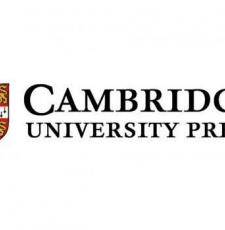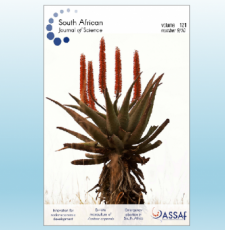
At WIPO’s Standing Committee on Copyright and Related Rights (SCCR/43) that took place in April 2023, delegations were invited to send written comments on the latest version of the draft treaty for the protection of broadcasting organizations presented at the meeting (Second Revised Draft Text for the WIPO Broadcasting Organizations Treaty, document SCCR/43/3).
While the text presented at SCCR contained improvements that were welcome e.g. the section on limitations and exceptions (L&Es) was expanded to include uses for teaching and research, as well as preservation of the programme material carried by the signal, the changes don’t go far enough.
EIFL joined fellow members of the Access to Knowledge (A2K) Coalition, who are beneficiaries of L&Es for education, research and the activities of cultural heritage organizations, in submitting comments to guide revision of document SCCR/43/3. The comments focus on two main areas of the text: the right of fixation, and L&Es.
Remove the right of fixation
The Chair’s summary of SCCR/43 expressed the common understanding amongst the Committee that the object of protection of any new treaty should be limited to the transmission of programme-carrying signals. It should not extend to any post-fixation activities, that is activities after a work is ‘fixed’, by recording, for example. The clarification is important for libraries that use recorded material to support activities such as teaching, research, and civic education.
However, at the same time, the proposed text introduces a right of fixation (Article 7) that gives broadcast organizations the exclusive right of authorizing (or not) the fixation of their programme-carrying signals. In other words, libraries and other users would need to obtain a licence to record (fix) the content of the signal for another use. It would also create a new layer of rights affecting access to the underlying content, interfering in particular with access to works in the public domain, works subject to open licensing (such as Creative Commons licences), and uses permitted by copyright limitations and exceptions. Adding a fixation right is inconsistent with the stated intention to limit the treaty to “a signal-based” protection, and it should be removed.
Strengthen limitations and exceptions
Use of broadcast material, including recordings, underpins many key public interest activities e.g. education, research and teaching, political and academic commentary on current events, and preservation of key moments in history for future generations.
Accordingly, the limitations and exceptions in the treaty are vital. The exceptions should be mandatory (currently they are optional), they should at least match those granted in copyright law (currently a country may provide fewer exceptions for broadcasting than it provides for copyright), and countries should have the freedom to adopt other exceptions as needed (currently countries are confined to a closed list of specific exceptions). In addition, the list of L&Es is incomplete as it does not include exceptions permitted in other relevant treaties, such as the 1974 Rome and Brussels Conventions on the distribution of programme-carrying signals by satellite.
The A2K Coalition calls on all these issues to be addressed in a new revised text that will be prepared for discussion at SCCR/44 in Geneva from 6-8 November 2023.
Read the A2K Coalition comments on the Revised Draft Text for the WIPO Broadcasting Organizations Treaty (document SCCR/42/3) here.
SHARE / PRINT









